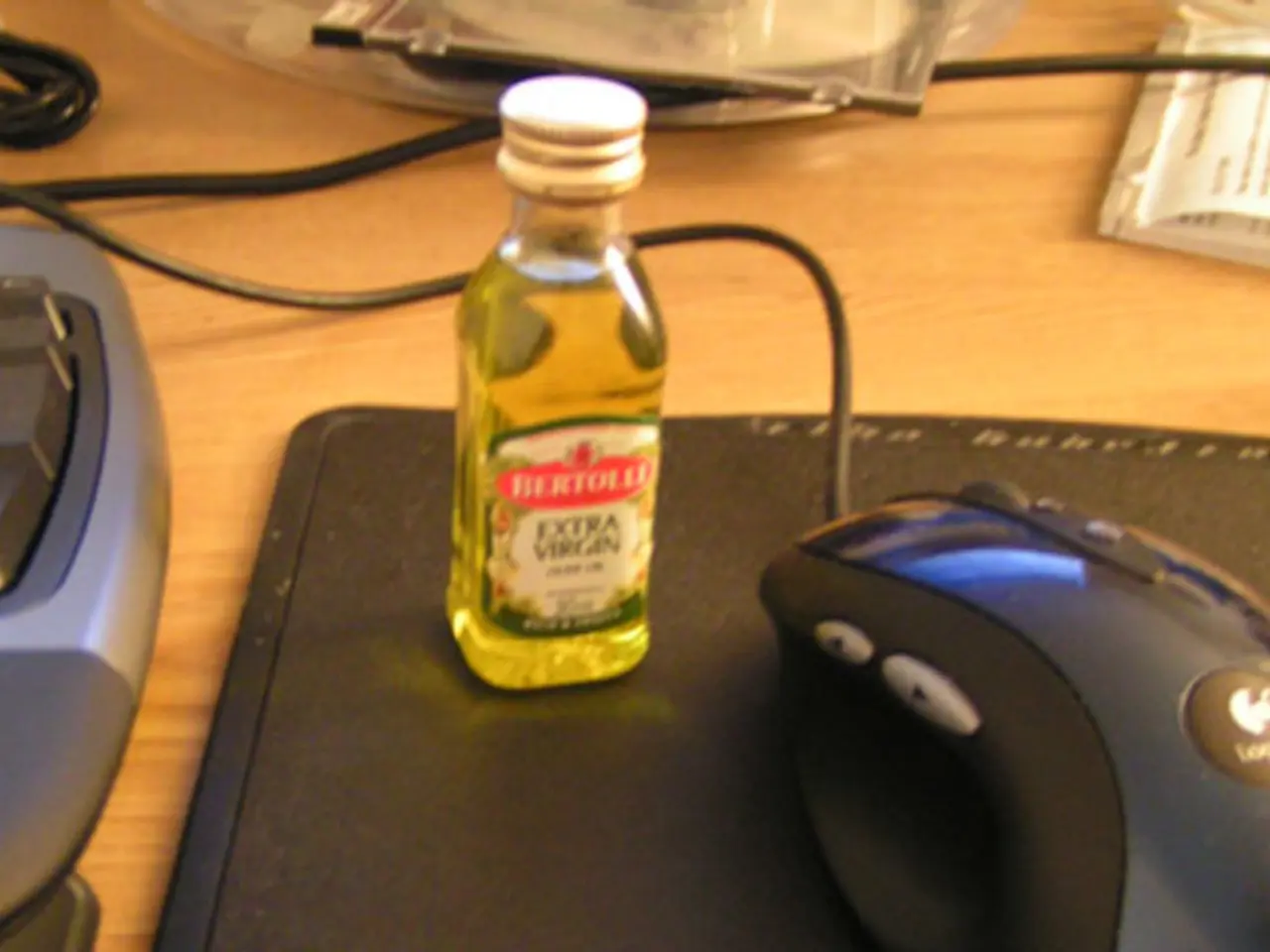Managing Ninlaro's Side Effects: A Guide
Ninlaro (ixazomib): A Key Player in Multiple Myeloma Treatment
Ninlaro, a second-generation oral proteasome inhibitor, is making strides in the treatment of multiple myeloma, especially in cases that have relapsed or proven refractory to other treatments. This medication, whose active ingredient is ixazomib, is approved by the FDA for use in adults.
Effects and Side Effects of Ninlaro
Ninlaro has better pharmacokinetics and fewer adverse side effects compared to first-generation proteasome inhibitors due to its oral administration and improved metabolic stability. Common toxicities associated with proteasome inhibitors, including Ninlaro, can include peripheral neuropathy, myelosuppression (low blood counts), and gastrointestinal symptoms. Long-term combination therapies may increase these risks, although Ninlaro tends to be better tolerated than bortezomib.
Interactions with Other Cancer Drugs
Ninlaro is most commonly combined with lenalidomide (Revlimid) and dexamethasone. This trio demonstrates synergistic cytotoxic effects against myeloma cells, improving outcomes in relapsed multiple myeloma. However, this combination enhances the risks of side effects like myelosuppression and peripheral neuropathy. Other multiple myeloma agents, such as monoclonal antibodies or second-line immunotherapies, may be added to treatment regimens, but these combinations require careful monitoring for additive toxicities.
Long-term Use and Precautions
Maintenance therapy including Ninlaro helps in prolonging progression-free survival; however, continuous use may lead to cumulative toxicities typical of proteasome inhibitors and immunomodulatory drugs. Patients should be aware of potential side effects such as low level of platelets, peripheral neuropathy, shingles, thrombotic microangiopathy, liver problems, severe digestive problems, rash, peripheral edema, low level of white blood cells, and allergic reaction.
Administration and Special Considerations
Ninlaro comes in the form of an oral capsule. If you have kidney problems, tell your doctor before taking Ninlaro, as they may prescribe a lower dosage of the drug. Infections that were reported in clinical trials of Ninlaro include upper respiratory infections and shingles. If you have peripheral edema while taking Ninlaro, talk with your doctor, who may adjust your dosage or give you treatments to reduce swelling.
Reporting Side Effects
If you develop a side effect while taking Ninlaro and want to report it to the FDA, you can visit MedWatch.
In conclusion, Ninlaro (ixazomib) combined with lenalidomide and dexamethasone is an effective standard treatment for relapsed/refractory multiple myeloma, with manageable long-term side effects. Potential drug interactions mainly revolve around enhanced toxicities rather than reduced efficacy, necessitating close clinical monitoring during combination therapy.
- Ninlaro's improved metabolic stability and oral administration lead to fewer adverse side effects compared to first-generation proteasome inhibitors, yet common toxicities include peripheral neuropathy, myelosuppression, and gastrointestinal symptoms.
- Long-term combination therapies with Ninlaro may increase the risks of side effects like myelosuppression and peripheral neuropathy, although Ninlaro tends to be better tolerated than bortezomib.
- Continuous use of Ninlaro may result in cumulative toxicities, with potential side effects including low level of platelets, peripheral neuropathy, shingles, thrombotic microangiopathy, liver problems, severe digestive problems, rash, peripheral edema, low level of white blood cells, and allergic reaction.
- If you have kidney problems, it's vital to inform your doctor before taking Ninlaro, as they may prescribe a lower dosage of the medication; also, be aware that clinical trials of Ninlaro reported infections such as upper respiratory infections and shingles.




